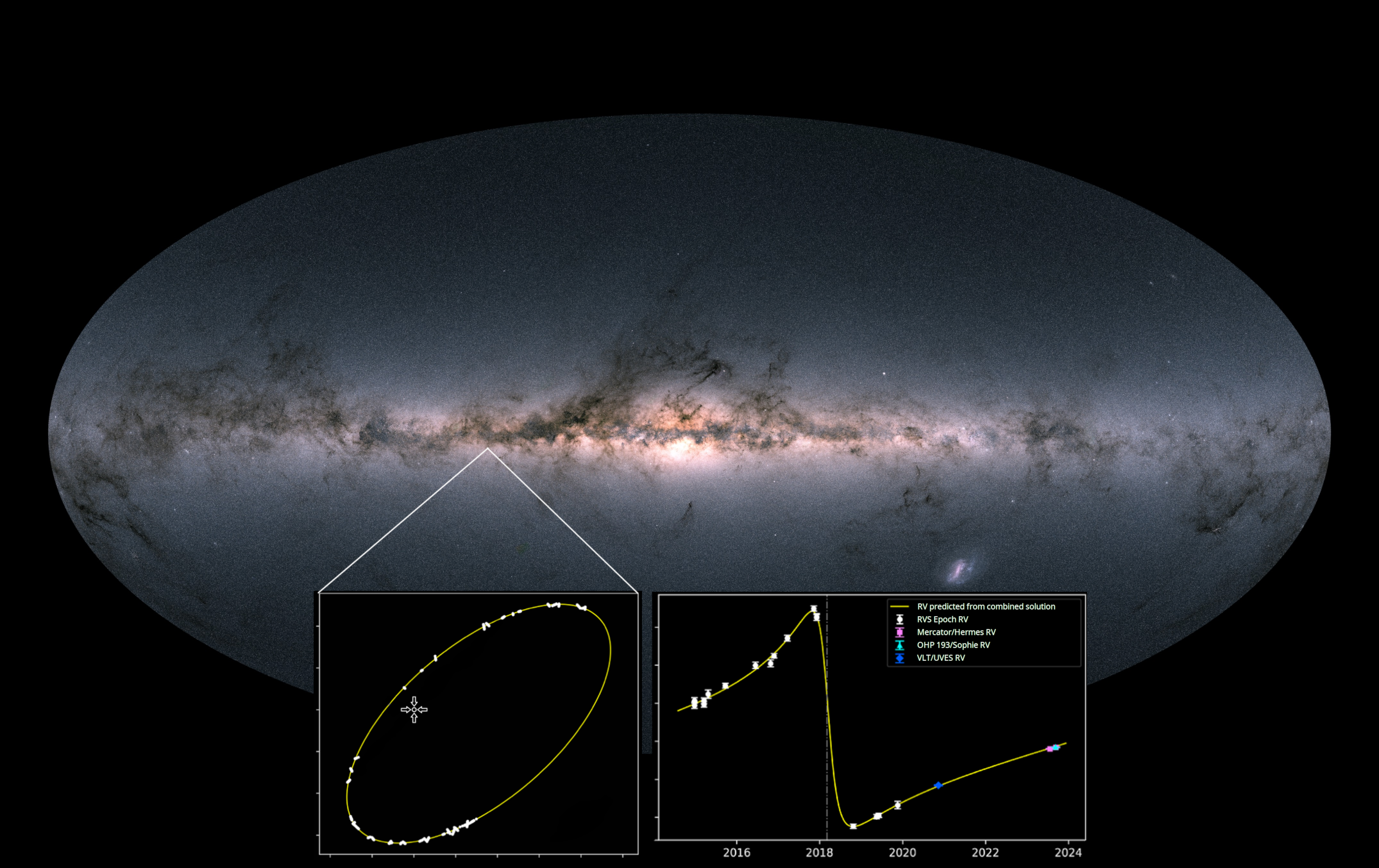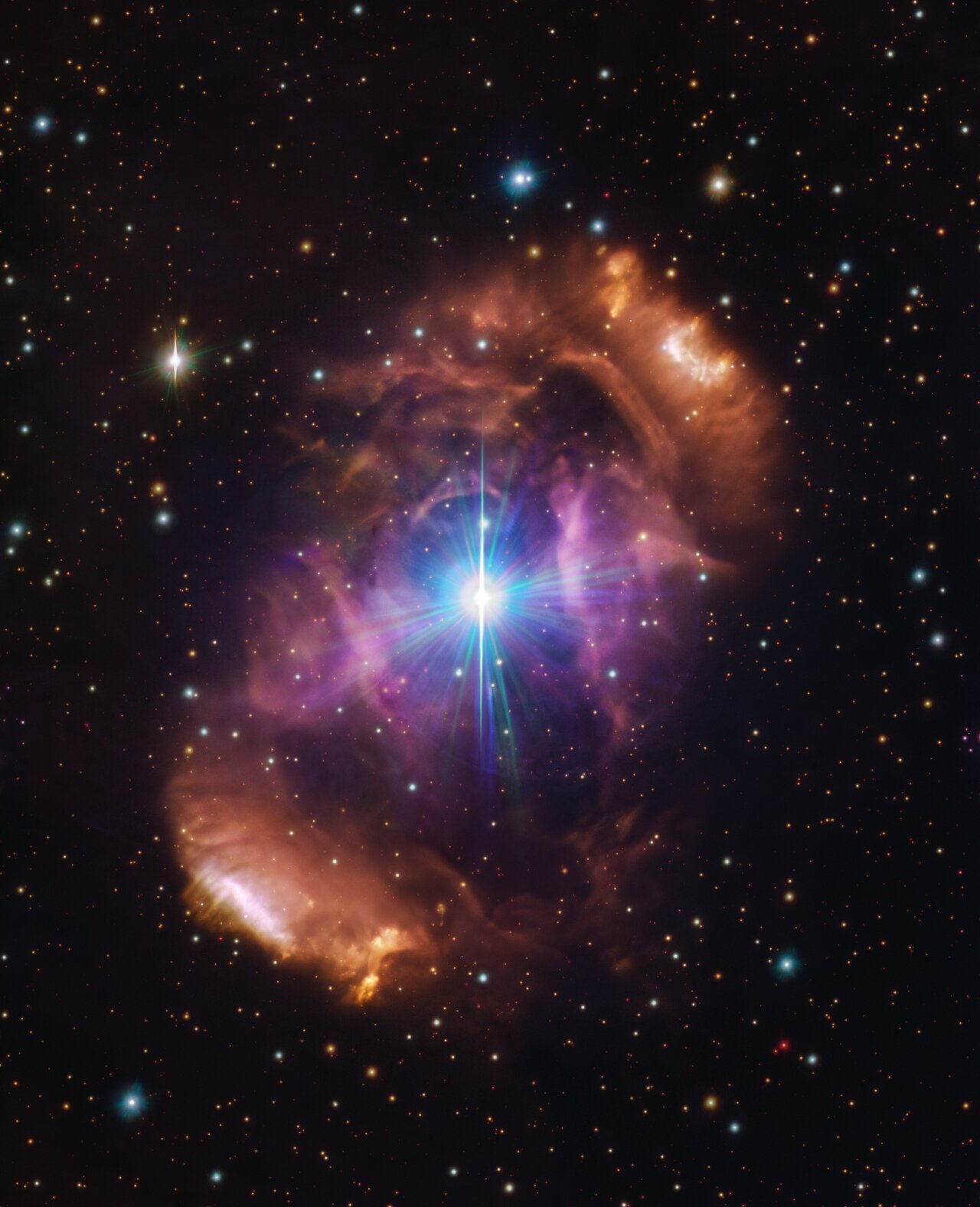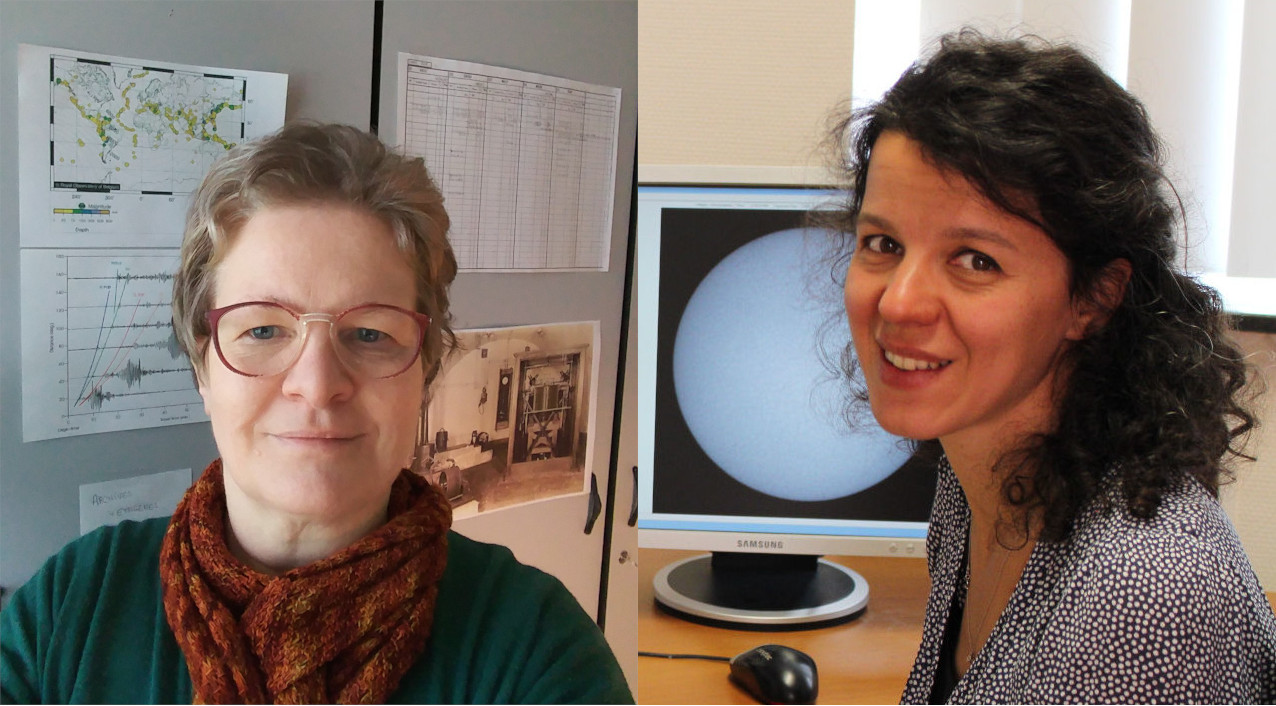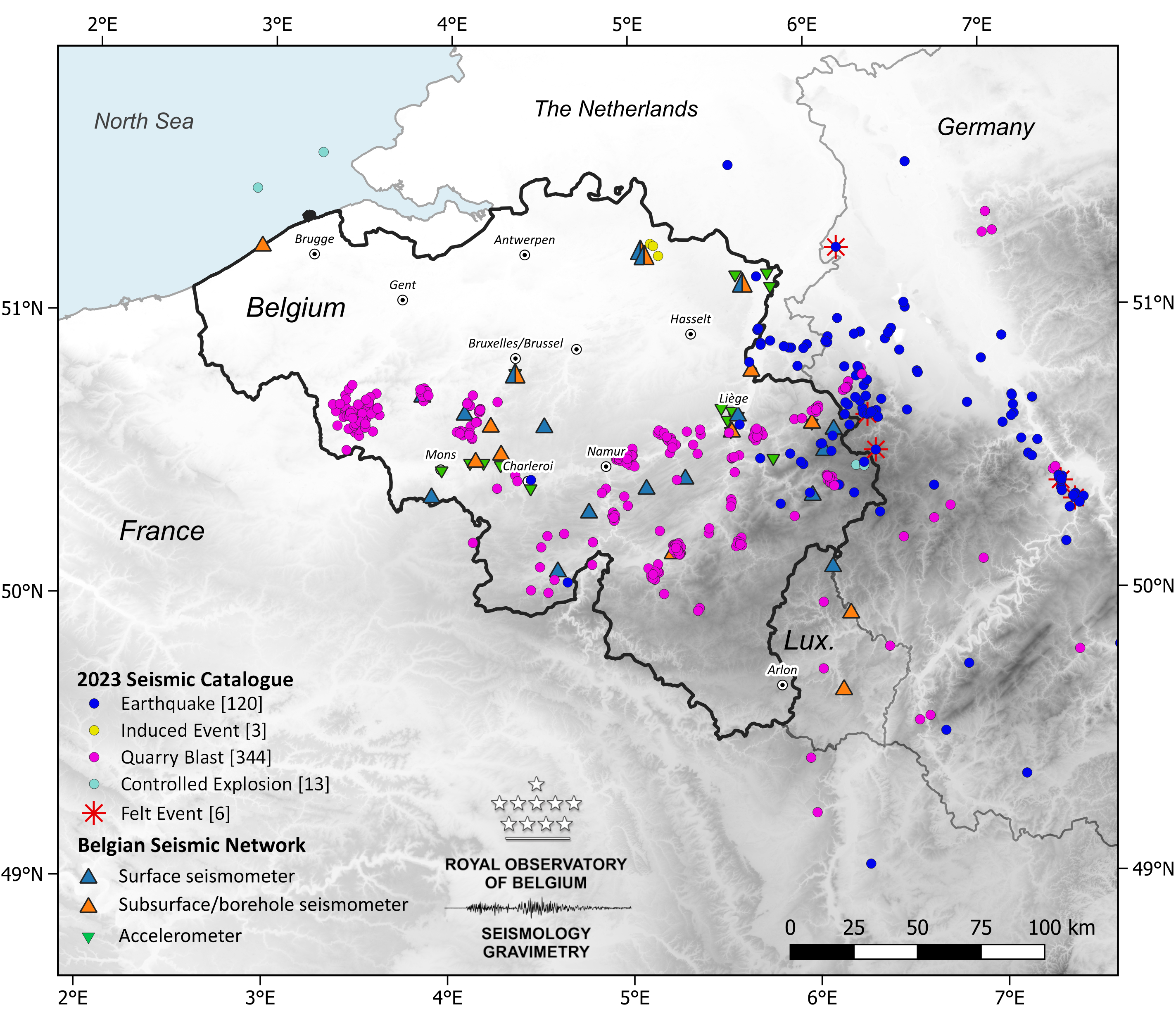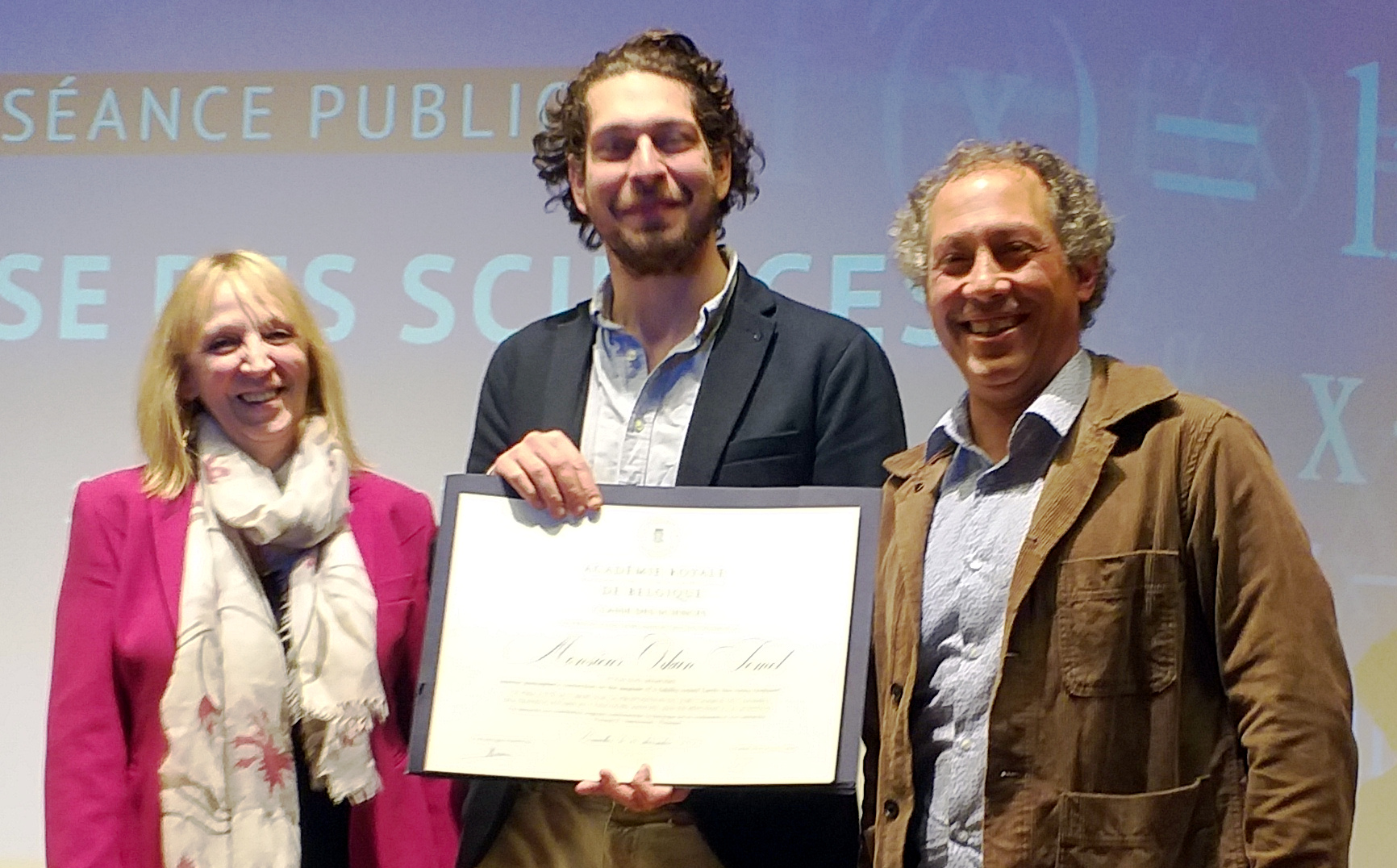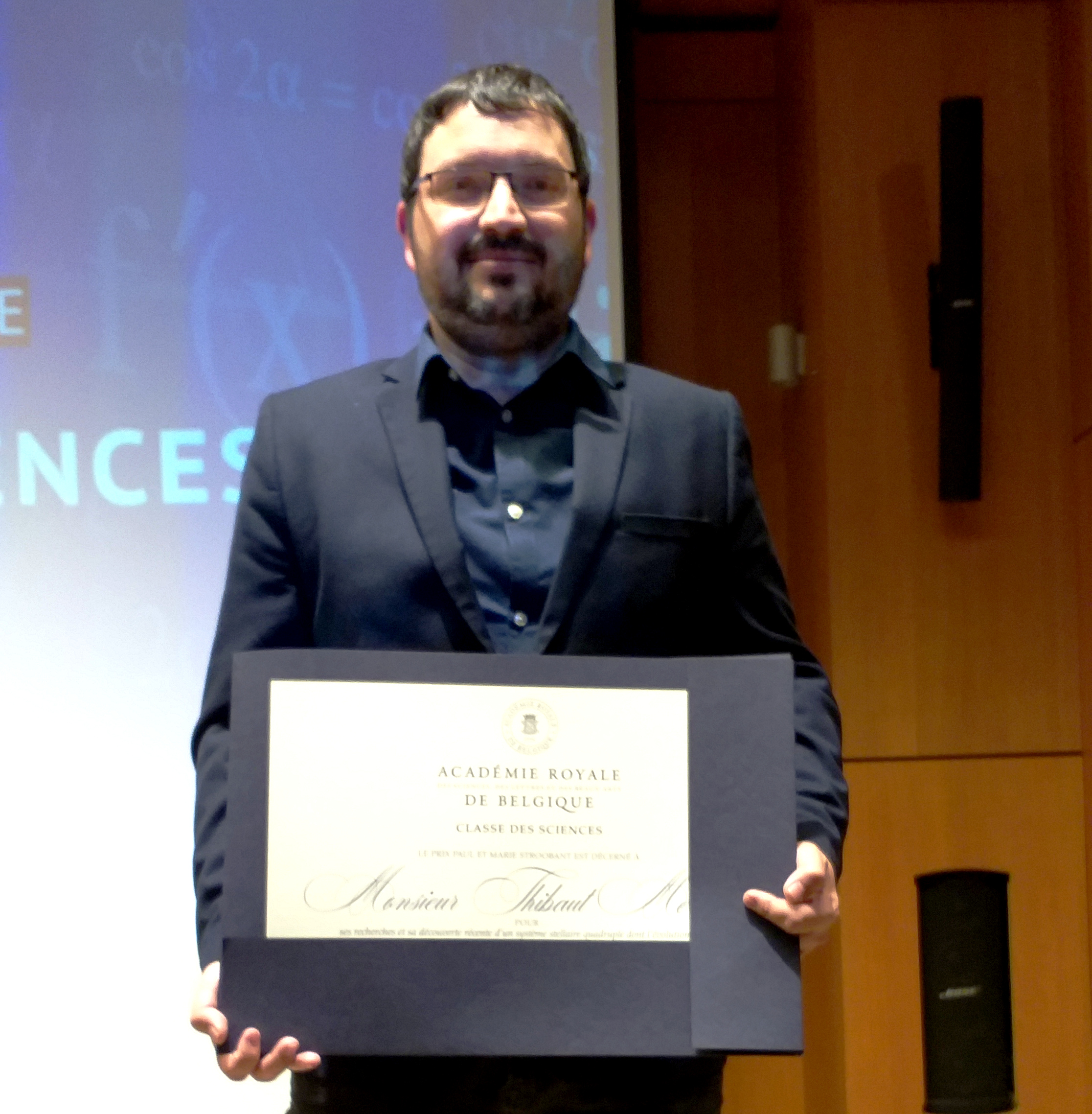Cem Berk Senel is a laureate of EOS Pipet 2024
The Flemish popular science magazine EOS Wetenschap has recently presented five young scientists in its contest EOS Pipet 2024. Each was chosen for their significant contribution to scientific research. Among them is Cem Berk Senel, postdoctoral researcher at the Royal Observatory of Belgium (ROB), who recently published a paper in Nature Geosciences that attracted a great deal of media attention. [...]

